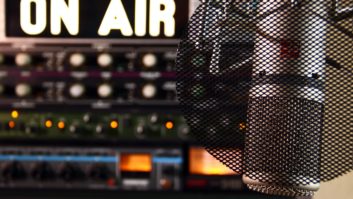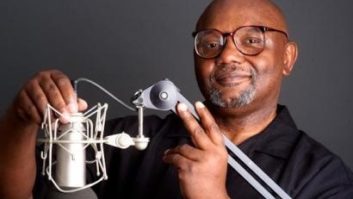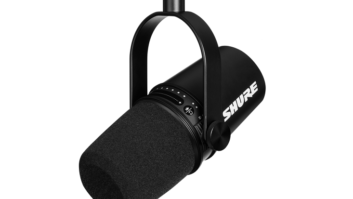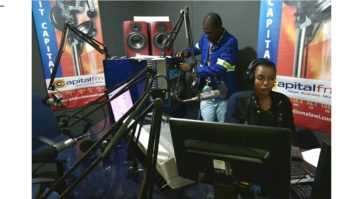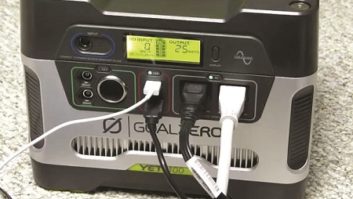Side by Side: On-air Condenser Mics
Dec 1, 2012 8:00 AM
AKG C4500 BCAudio-Technica AT4040MXL BCC-1Neumann BCM 104Rode Broadcaster . PatterncardioidcardioidcardioidcardioidcardioidFrequency Response30Hz – 20kHz20Hz – 20kHz20Hz – 20kHz20Hz – 20kHz20Hz – 20kHzDiaphragm Size1″1″0.87″1″1″Output Impedance200O100O150O50O40OMax SPL145dB145dB148dB140dB128dBSensitivity-34dB-32dB-49dB-32.4dB-34dBS/N A weighted86dB82dB78dB87dB80dBOrientationend addressside addressend addressside addressend addressFilterbass-cut80Hz high-passhigh-pass100Hz low-cuthigh-passPad-20dB-10dB–14dB-Weight450g360g720g500g577gNotes—changeable headgrillesLED on-air indicatorMSRP$819$495$350$1,080$629URLakg.comaudio-technica.commxlmics.comneumannusa.comrodemic.com .
Dynamic mics are everywhere. The EV RE-20 and its cousin the N/D-27 are probably the most ubiquitous dynamic studio mics in use. The Shure SM7 (and still sometimes the SM5) are also common. Heil has made inroads as well. Even Neumann has the BCM 705. But there is another option to the dynamic mic. Perhaps it’s time to consider a condenser mic in the studio.
There are misconceptions about condenser vs. dynamic mics for on-air use. Some claim condensers aren’t rugged enough for jock use. That’s not really true any more. The cost of many condensers can be higher than a dynamic, but not by much. Condensers require phantom power, but most preamps and consoles can provide that with no effort.
There are potential benefits for condensers. Condensers usually have a lower self-noise floor and higher sensitivity than dynamics. A condenser’s lighter diaphragm (compared to a dynamic) can respond quicker to transient sounds. Condensers typically have a flatter frequency response as well. We selected a few common condenser choices for radio studios.
Model










Click here to enlarge the polar patterns.
December 2012
WYSO rebuilds while facing challenges, test and measurement gadgets for your workshop, on-air condenser mics, social media software and Field Reports from Tascam and NewTek….
